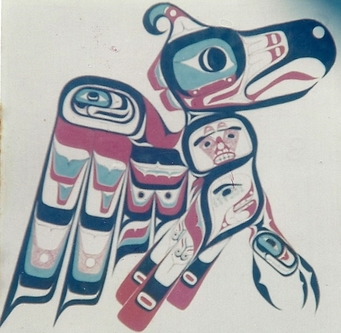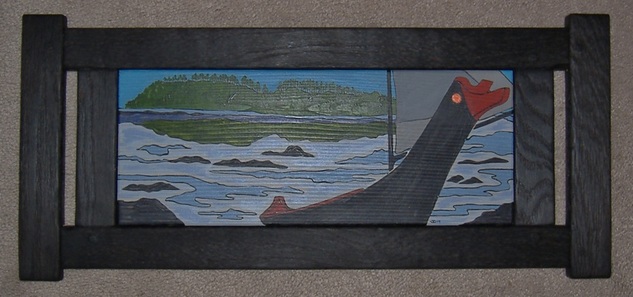“…the experience that each individual had while working and living at Ozette was for many life-changing. Influenced their academic/career choice or life’s path, and was unmistakably powerful and spiritual in a sense, this was not lost on the Makah Tribe…”
For both Leigh and me, this was definitely true. We met at Ozette, which eventually led to our marriage. The prospects of returning to Neah Bay as teachers spurred us to get our teaching degrees and apply to the schools there. Life-changing, and career-changing Ozette definitely was, but it was so much more to us than words can say.
Even today getting to Ozette is neither quick nor easy. The route west from Port Angeles along Hwy 112 is long, winding, and rough, but a more scenic and beautiful road is hard to find. After traveling for about an hour, one must turn off the highway and onto the Hoko-Ozette Road to continue driving for another 20 miles or so over an even more “rustic” road. I can’t recall how many times we had to stop for a herd of elk as they crossed the road. The road finally ends at Lake Ozette, and the next stage of the journey begins. This area is within Olympic National Park, and the ranger station is the starting point for a four mile hike down to the beach and then to the old village site at Cape Alava. I have hiked this trail countless times, and still it remains one of the most beautiful hikes in the Park. The dense forest of hemlocks and cedars eventually changes to Sitka spruce close to the beach. One crosses through several “prairies” along the trail which are wetlands/bogs full of Indian (Labrador) tea and cranberries. Fortunately I was able to schedule a yearly trip with my advanced biology class to do plant identification and study the forest ecology there. That way I had a built-in reason to return on a regular basis.
The prize at the end of the trail is the sights and smells of the Pacific Ocean. You can hear the sound of the breakers long before you actually first see the waves. The view coming down the slope to the beach is spectacular. We’ve often seen migrating gray whales and sea otters in the kelp beds from that vantage point. The beach terrace from the trail head north past Cape Alava was once all part of the village of Osett, one of the five villages of the Makah Nation. Probably it once had a population of over a thousand people, but the last of those born at Ozette were all but forced to move up to Neah Bay to send their kids to school. The location of the dig was at Cape Alava where a mudslide during pre-contact times covered and preserved several houses of the village.
I worked and lived at Ozette from June 1975 through to August 1976. As part of the volunteer winter crew, I had the amazing opportunity to experience the beauty and peaceful solitude that only true wilderness can provide. I mentioned before how impressed I was by those Fishtown artists living in their “rustic cabins” along the Skagit. Well, now I felt that I was living a very similar existence in the wilds of Ozette. It was here that I began to seriously study Northwest Coast Native art and painted several pictures using acrylics on old bed linens (an available and free material).



 RSS Feed
RSS Feed